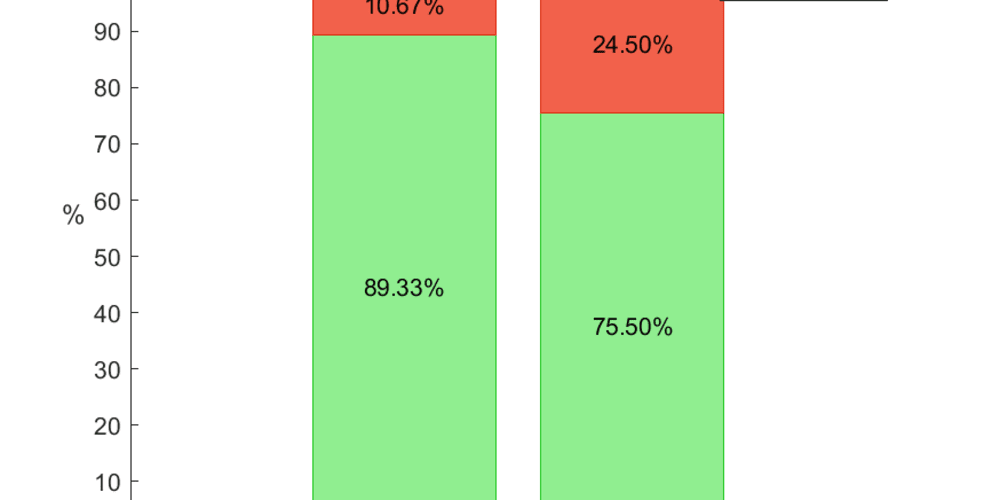Introduction
In today's digital era, the demand for efficient and scalable applications is at an all-time high. This has led to the rise of cloud-native applications, which are specifically designed to run on cloud infrastructure. One of the most popular tools for managing and deploying these applications is Kubernetes. Let us delve deeper into the world of cloud-native applications and explore the features, advantages, and disadvantages of using Kubernetes.
Advantages of Cloud-Native Applications with Kubernetes
Platform Flexibility: One of the main advantages of cloud-native applications is their ability to run on any cloud platform, such as AWS, Google Cloud, or Microsoft Azure. This provides flexibility, as businesses can choose the platform that best suits their needs.
Automatic Scaling: Kubernetes offers automatic scaling, ensuring that the application can handle high traffic loads without manual intervention. This helps in maintaining performance stability during peak usage times.
Self-healing Capabilities: Kubernetes provides self-healing capabilities, where the application can automatically recover from failures, minimizing downtime and ensuring continuous availability.
Disadvantages of Using Kubernetes
Complex Setup and Management: Despite its numerous advantages, Kubernetes can be complex to set up and manage for those without a strong understanding of cloud infrastructure. This complexity can be a barrier for organizations with limited technical expertise.
Operational Costs: It requires a dedicated team to manage and monitor the cluster, which can add to the operational costs. The expertise needed to maintain a Kubernetes environment can also be costly.
Migration Challenges: Migrating traditional applications to a cloud-native architecture can be time-consuming and require significant resources. This process involves re-architecting applications to suit the scalable and flexible nature of cloud environments.
Key Features of Kubernetes
Container Orchestration: Kubernetes efficiently manages the lifecycle of containers, handling tasks such as deployment, scaling, and networking.
Load Balancing: It automatically distributes network traffic and workloads across containers to ensure optimal resource utilization and performance.
Automated Deployment and Rollout: Kubernetes automates the deployment process and manages the rollout of updated versions of applications, facilitating continuous integration and delivery pipelines.
Self-Service Portal: The self-service portal allows development teams to quickly deploy and manage their applications without deep knowledge of the underlying infrastructure.
Example of Kubernetes YAML Configuration
apiVersion: v1
kind: Service
metadata:
name: my-service
spec:
selector:
app: MyApp
ports:
- protocol: TCP
port: 80
targetPort: 9376
This example demonstrates a basic YAML configuration for a service in Kubernetes, showing how to define and expose applications within the cluster.
Conclusion
Cloud-native applications with Kubernetes have revolutionized the way modern businesses operate. The benefits of scalability, flexibility, and automation make it a top choice for organizations looking to optimize their digital infrastructure. However, it is crucial to carefully consider the challenges and resource requirements of implementing Kubernetes before making the move to a cloud-native architecture. By weighing these factors, organizations can effectively harness the power of Kubernetes to enhance their digital strategies.



















